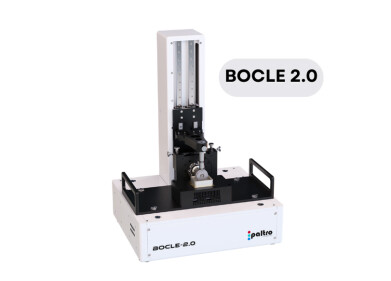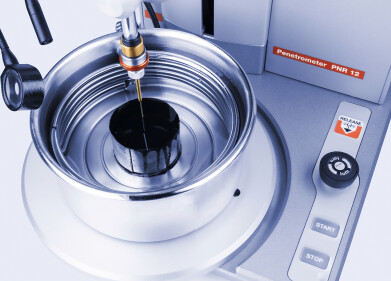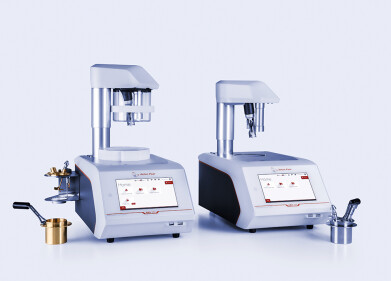Measurement and testing
Emission Monitoring Solutions for Refineries
Mar 20 2015
Flare stack monitoring is critical for pilot-flame detection before the product can be sent for flaring. Without proper pilot ignition, product can be exhausted into the environment without being ignited and consumed, allowing hazardous gases into the atmosphere resulting in environmental damages and fines.
Flame and smoke monitoring can provide information on the presence, size, and combustion efficiency, and can further help the refinery operator with optimising the flaring process. Environmental and flare safety can be improved by the continuous flare stack monitoring system. The monitoring of flares is normally performed with thermocouples for pilot verification. However the extreme conditions due to the heat generated by the flaring process can cause premature failures.
LumaSense’s (Germany) E²T Quasar family of detection systems are built for continuous duty monitoring of pilot flame (PM), flared gases (FM), and smoke particulate (SM) from flare stacks. The sight-through optical system and choices of fields of view allow the QUASAR to be positioned up to ¼ mile (400 m) from the flare stack.
Each of the systems includes a non-contact infrared thermometer, high quality sight-through optics, dual outputs, CSA/US, KEMA and ATEX explosion-proof housing. Quasar instruments are approved to operate in ambient temperatures from -40 to 60 °C, higher temperatures are possible with optional external cooling systems.
Digital Edition
PIN 25.6 Buyers' Guide
January 2025
Buyers' Guide Directory - Product Listings by Category - Suppliers Listings (A-Z) Articles Analytical Instrumentation - ASTM D7042: The Quantum Leap in Viscosity Testing Technology -...
View all digital editions
Events
Jan 25 2025 San Diego, CA, USA
SPE Hydraulic Fracturing Technology Conference and Exhibition
Feb 04 2025 The Woodlands, TX, USA
Feb 05 2025 Guangzhou, China
Trinidad and Tobago Energy Conference 2025
Feb 10 2025 Point Lisas, Trinidad
Feb 11 2025 Lagos, Nigeria



















